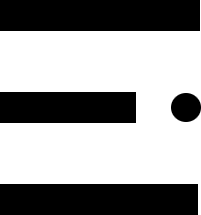Game-Changing Benefits of 3D Scanning Technology
Product design has come a long way in recent years, thanks to the revolutionary technology of 3D scanning. This cutting-edge tool has completely transformed the way designers create and innovate, offering a wide range of benefits that were previously unimaginable.
One of the key advantages of 3D scanning technology is its unparalleled precision and accuracy. By capturing detailed 3D data of an object or environment, designers can create highly accurate digital models that serve as the foundation for their design process. This level of precision ensures that the final product meets the exact specifications and requirements, leading to higher quality outcomes.
The Speed of Innovation
Speed is another major benefit of 3D scanning technology. Traditional methods of product design can be time-consuming and labor-intensive, requiring manual measurements and iterations. With 3D scanning, designers can quickly capture detailed data and generate digital models in a fraction of the time, accelerating the entire design process.
Furthermore, 3D scanning technology allows for seamless integration with other digital design tools such as CAD software. This integration streamlines the design workflow, enabling designers to easily manipulate and refine their models with precision and efficiency.
Cost-Effective Solutions
Cost-effectiveness is another compelling advantage of 3D scanning technology. By reducing the time and resources required for traditional design processes, designers can save on production costs and bring products to market more efficiently. This cost savings ultimately translates to a competitive edge in the market.
Moreover, 3D scanning technology enables designers to easily iterate and refine their designs without the need for physical prototypes. This iterative process not only saves time and money but also allows for more creative exploration and innovation.
Enhanced Customization
3D scanning technology also opens up new possibilities for customization and personalization in product design. By capturing precise data of individual shapes and sizes, designers can create bespoke products tailored to the unique needs and preferences of their customers. This level of customization enhances the overall user experience and creates a deeper connection between the product and the consumer.
Overall, 3D scanning technology is revolutionizing product design in ways that were previously unimaginable. From enhanced precision and speed to cost-effective solutions and enhanced customization, the benefits of this innovative tool are truly game-changing. Designers who embrace this technology are poised to lead the way in creating innovative and impactful products that meet the demands of today’s dynamic market.

